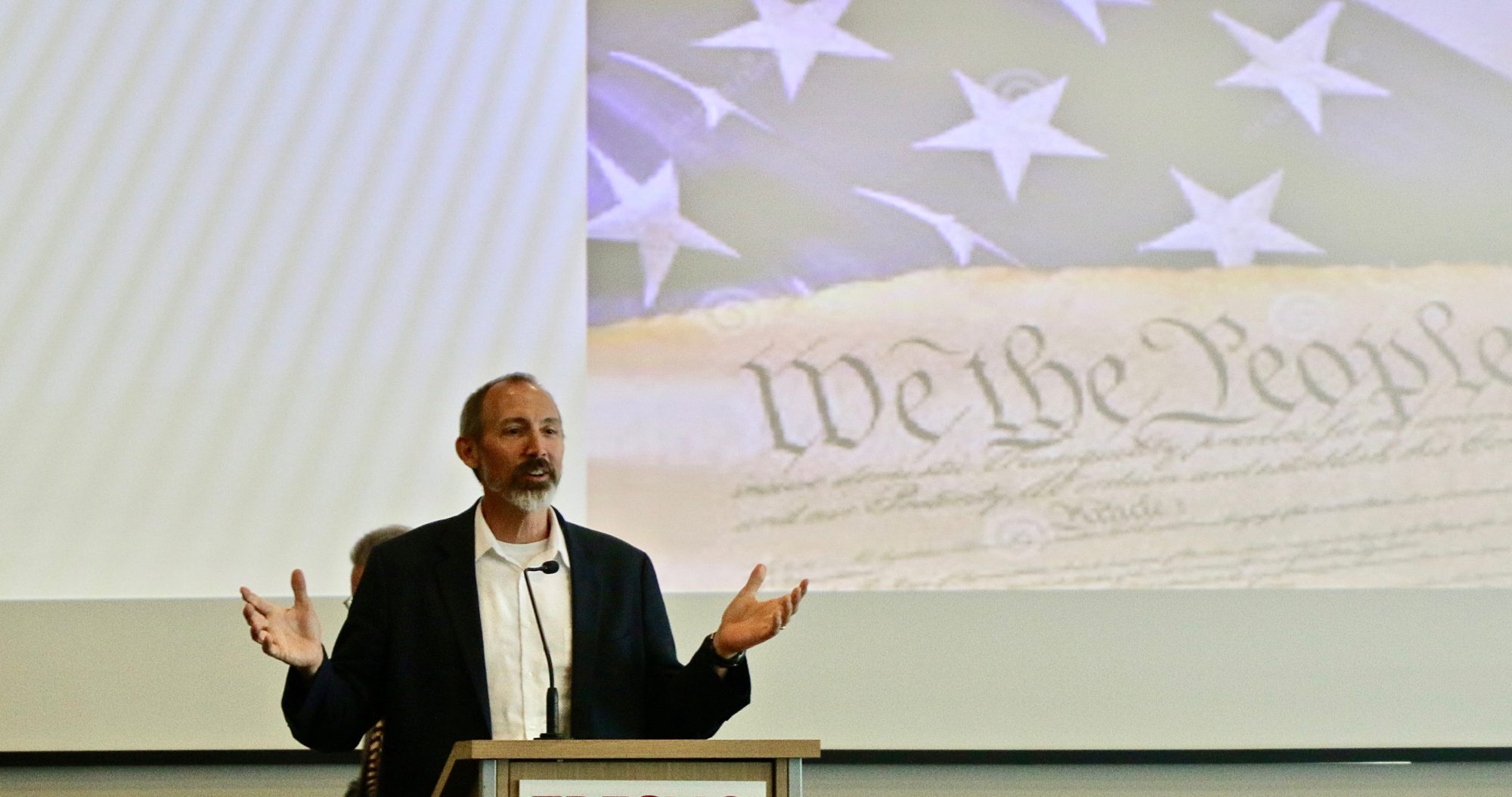Is our economy naughty or nice when workers face hard toil and wealthy ease into riches?
Fresno Bee, November 24, 2017
The class divide in our country becomes apparent this time of year. The affluent celebrate with a binge of buying. The working class is busy stocking shelves, running cash registers and waiting tables, thankful for the overtime. The homeless suffer on the margins, begging for handouts on the side of the road.
These disparities are worth considering as the country considers tax reform. The details are yet to be determined. But most agree that tax reform will make rich people richer.
Ironically, not all rich people think that this is a good idea. A group of 400 wealthy people – including Steven Rockefeller and George Soros – recently signed an open letter to Congress arguing against tax cuts for the wealthy
This letter singles out efforts to eliminate or reduce the estate tax as an example of unneeded reform. The estate tax helps to redistribute private wealth, taking it from wealthy families and using it for public projects. The estate tax is only an issue for the richest Americans. According to the Washington Post only about 5,000 families are affected by the estate tax.
The working class does not possess enough wealth for it to pay this tax. The median net worth of American families is about $80,000. The estate tax only affects couples with more than $11 million in assets.
Those disparate numbers indicate the inequalities that exist in our economy. One recent report from the Institute for Policy Studies claims that the three richest Americans own more wealth than the entire bottom half of the American population. And the combined wealth of the top 400 people on the Forbes list of richest people is more than the bottom 64 percent combined.
The Christmas season seems an especially bad time to consider exacerbating wealth disparities. Scrooge and Grinch remind us of the dangers of greed and the need for charity. The Christian gospels teach that we have a special obligation to care for the poor, to give to those who beg, and to avoid the worship of wealth.
Of course, the critique of wealth is counter-cultural. We live in a casino culture. We all seem to hope that somehow we will strike it rich. We don’t view wealth as a sin. Instead we hope it will trickle down. And we are not worried about fitting the camel of wealth through the eye of the moral needle.
One significant social problem is that wealth disparities tend to become magnified. Unbridled capitalism tends to concentrate wealth. Those with the most money earn the most money.
And much of what the wealthy earn requires little actual work. The capitalist puts his money to work for him. A fortunate few inherit their wealth and live off the fruits of their parent’s labor. The rest of us work and save. Many are one paycheck or one medical emergency away from homelessness.
This reward structure seems upside down. We might think that those who work the hardest should earn the most. We might also suppose that those who do the most essential or dangerous work should be paid the most.
From this point of view, there is something shameful about living off an inherited estate. From this perspective, farmworkers, teachers and police should earn generous rewards. But the reality is that the working class struggles to make a living, while the fortunate few enjoy financial security.

The holiday shopping frenzy reminds us how divided our economy is. The wealthy don’t fight the crowds for a Black Friday deal. They buy what they want when they want it. It is the members of the working class who need a bargain. Teachers and farmworkers elbow each other aside to get a door-buster deal, while the wealthy roll their eyes.
None of this really makes any sense. In a humane world, the homeless would be housed. In a moral economy, hard-working people wouldn’t need to work overtime to afford Christmas gifts and rich people wouldn’t simply live off inherited wealth.
The dream of a fair and decent world may seem too much to hope for. But this is, after all, a season of hope. It is also a great time to ask whether our economy is naughty or nice.
http://www.fresnobee.com/living/liv-columns-blogs/andrew-fiala/article186350658.html




